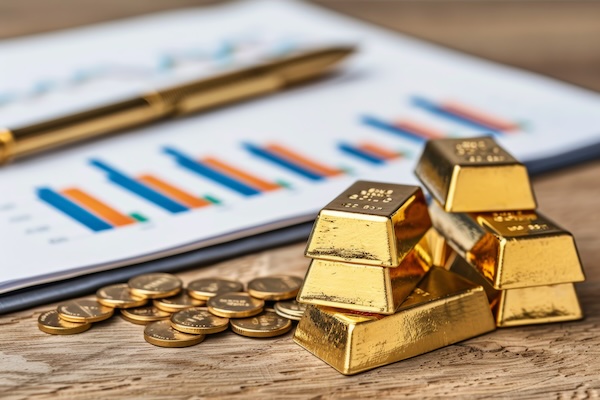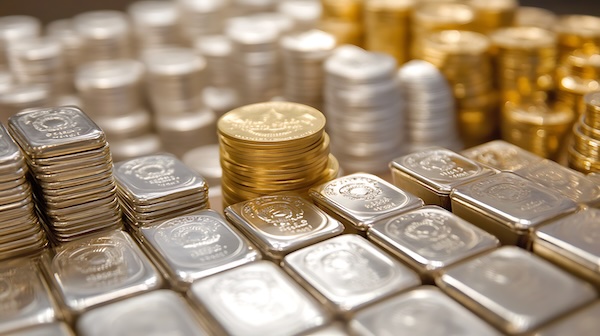Gold has long been a symbol of wealth and a hedge against economic uncertainty. Buying gold at a spot price can attract investors looking to enter the gold market. However, understanding how to achieve this often requires navigating various markets and understanding key concepts. This article aims to provide a comprehensive guide on buying gold at spot price, addressing vital questions that investors might have.
What is the Gold Spot Price?
The gold spot price is the current market price at which gold can be bought or sold for immediate delivery. Unlike futures prices, which are set for delivery on a specific future date, the spot price reflects the price of gold for delivery right now. It is a baseline for traders and investors typically quoted in U.S. dollars per ounce.

How is the Spot Price Determined?
The spot price of gold is determined by the most recent trades conducted in the market. It is set in the over-the-counter (OTC) market, where prices are negotiated directly between buyers and sellers. Several key financial centers across the globe contribute to the gold spot price, including New York, London, Zurich, and Hong Kong. The spot price is updated continuously during trading sessions and can fluctuate based on market activity.
What Influences the Gold Spot Price?
Several factors influence the gold spot price, including:
- Supply and Demand: The availability of gold and its demand in various industries and markets can drive the spot price up or down.
- Economic Indicators: Inflation rates, currency strength, and interest rates can impact investor sentiment and, thus, gold prices.
- Geopolitical Events: Political instability, wars, and other geopolitical events often lead investors to seek gold as a haven, influencing its price.
- Market Speculation: Traders’ expectations about future price movements can also have a short-term impact on the current spot price.
How are Paper Contracts for Gold Traded?
Paper contracts for gold, such as futures and options, are traded on commodity exchanges. These contracts promise to buy or sell a specific amount of gold at a predetermined price on a future date. The COMEX, part of the Chicago Mercantile Exchange (CME) Group, is the most well-known exchange for trading gold futures.
How Many Ounces of Gold in a Typical Paper Contract?
A standard futures contract on the COMEX represents 100 troy ounces of gold. This standardization allows for easier trading and settlement of contracts. Mini contracts representing smaller amounts, such as 10 ounces, are also available for traders and investors with different investment sizes.
What are Gold Futures?
Gold futures are standardized contracts to buy or sell a specific quantity of gold at a future date and price. Investors use these contracts to hedge against price fluctuations or speculate on future price movements. By trading futures, investors can gain exposure to the gold market without physically possessing the metal.
How Does One Buy a Gold Contract?
To buy a gold futures contract, investors typically need to open an account with a brokerage firm that offers futures trading. The process involves:
- Researching and selecting a reputable brokerage firm.
- Completing the required application and compliance paperwork.
- Funding the trading account with sufficient capital to meet margin requirements.
- Placing an order to buy or sell gold futures through the brokerage’s trading platform.
Investors must understand the futures trading risks, as leverage can lead to significant gains and losses.
How Do You Take Physical Delivery of the Gold Once the Contract is Complete?
While most futures contracts are settled in cash, investors who wish to take physical delivery of gold must first notify their broker of their intention. The process generally includes:
- Ensuring you have the funds to cover the total value of the gold and any associated fees.
- Arranging for the delivery of the gold to a designated depository or secure location.
- Coordinating with your broker and the exchange to facilitate the delivery process.
It’s important to note that taking physical delivery may incur additional costs such as storage, insurance, and transportation.
In conclusion, buying gold at spot price involves understanding the dynamics of the gold market and the mechanisms of trading paper contracts and futures. By staying informed and carefully planning their approach, investors can effectively navigate the gold market and make informed decisions that align with their investment goals.
